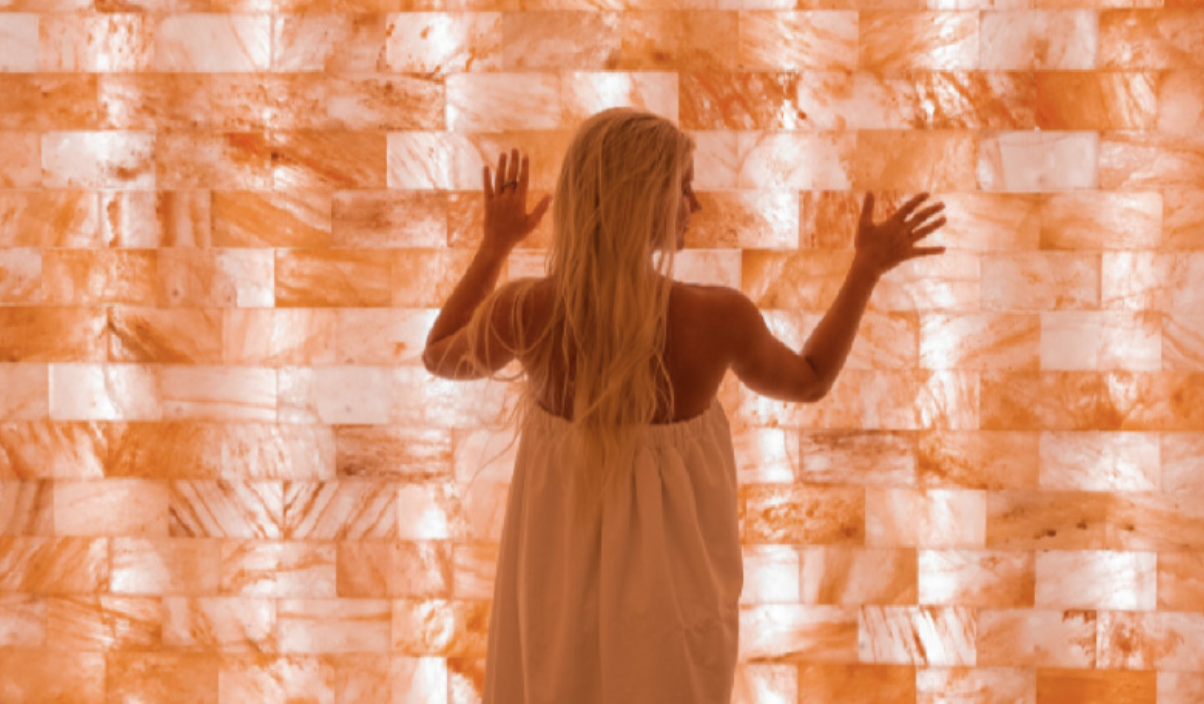Planing Eyebrow Tattoo? what do you need to know
Planning to Get an Eyebrow Tattoo? Here's What You Need to Know
Be prepared.
Preparation is everything, which is why scouring the internet for information is always a smart choice. “Look for an artist whose technique you’re obsessed with and has received proper training,” Wellness recommends. “In the hands of a microblading professional, the process is virtually painless and minimally invasive while giving you long-lasting results.“ It’s important to consider your allergies as well; if you still feel uncomfortable after reading up on the tattoo, take it as a signal that you’re not quite ready to receive one.
If you do feel comfortable with microblading, the next step is to compose your queries; make a list and bring it to your pre-procedure consultation. Writing down your questions and concerns will help you tackle everything during the meeting without leaving any discussion points behind.
Book a consultation beforehand.
It‘s best to speak with your artist before taking the dive; indeed, most estheticians require consulting their clients before the procedure about their suitability, as well as to test-draw the new brow shape. By sketching the arch, you’re able to ‘see into the future’ and tweak anything if you wish.
A conference will also give you the chance to ask as many questions as you like, whether regarding the price, the procedure itself or the aftermath. “I inquired specifically about what the healing process would be like,” Parkes explains. “I also made sure that it was suitable for my oily complexion and if that would affect how long the tattoo would last. I found out that it stays put for six months on my skin type before it begins to fade.”
Eyebrow tattoos are not permanent.
There are two types of eyebrow tattoos to choose from: permanent and semi-permanent. For a permanent eyebrow tattoo, the artist uses ink and inserts it deeply into the skin. A semi-permanent tattoo, however, uses pigment instead of ink and isn’t injected as deeply as a normal tattoo.
Additionally, ink fades differently than pigment, developing an artificial-looking, blue-green hue as it vanishes. The pigment for microblading is designed to fade nicely into a lighter hue, providing a more natural look. That being said, pigment has the potential to transform into a ‘fugitive’ color (pink, purple, orange, green or blue) based on several factors, including the artist selecting the wrong color or implanting the hue too deeply into the skin. It’s best to find a practitioner with extensive color theory and experience to minimize this risk; asking to see pictures of his/her healed tattoos (not just fresh ones) will give you a better idea of the quality of work.




Comments
Post a Comment